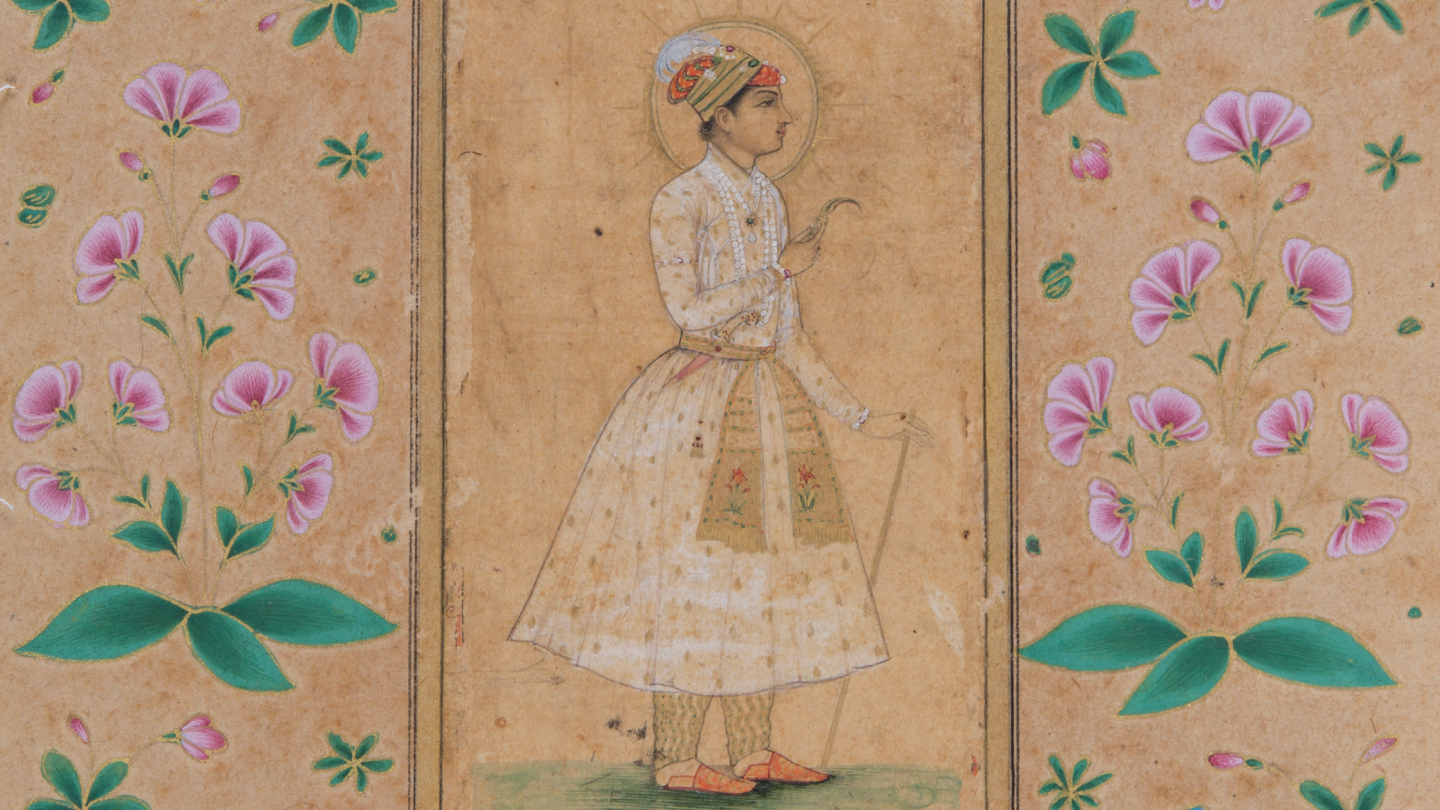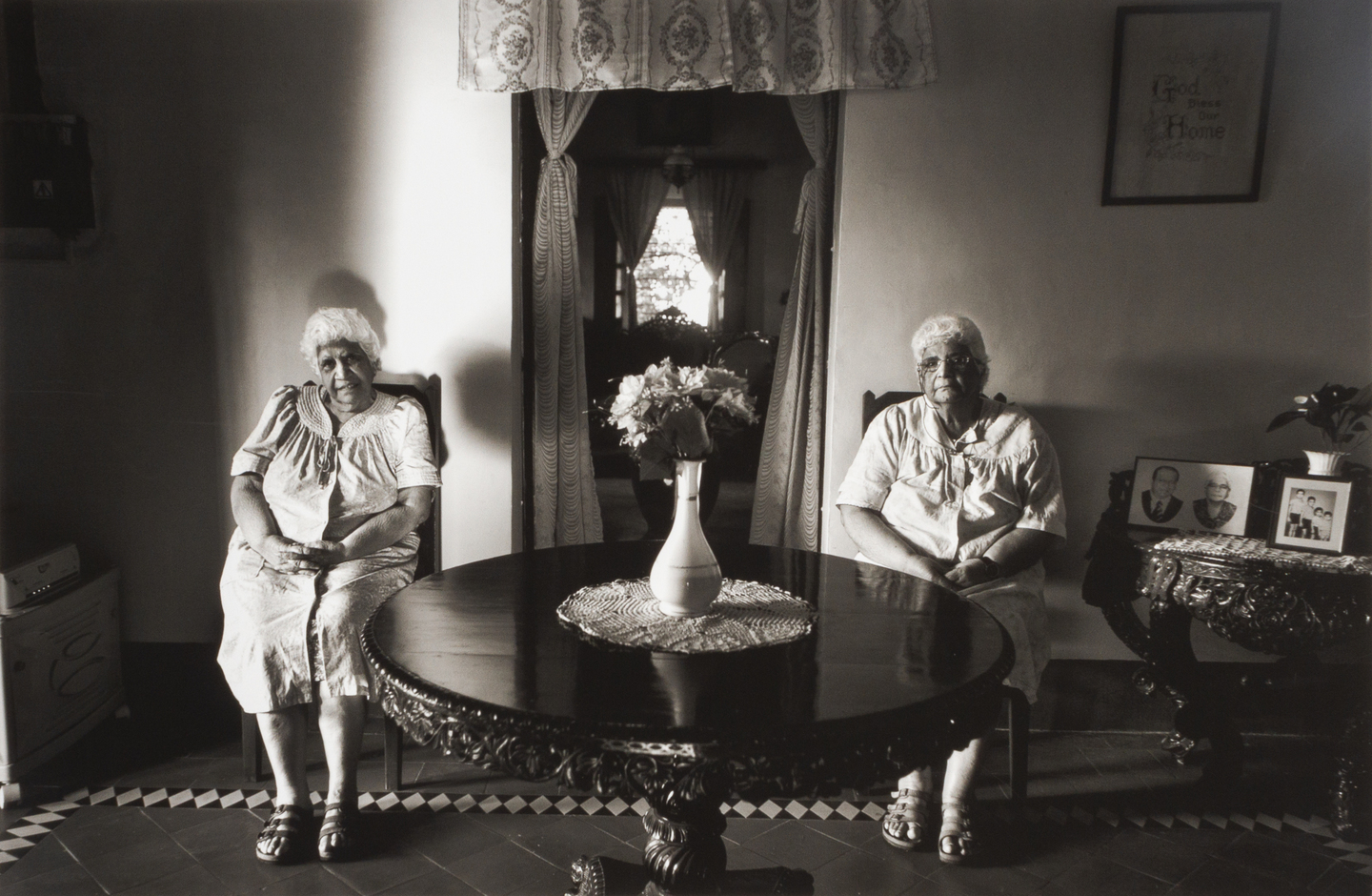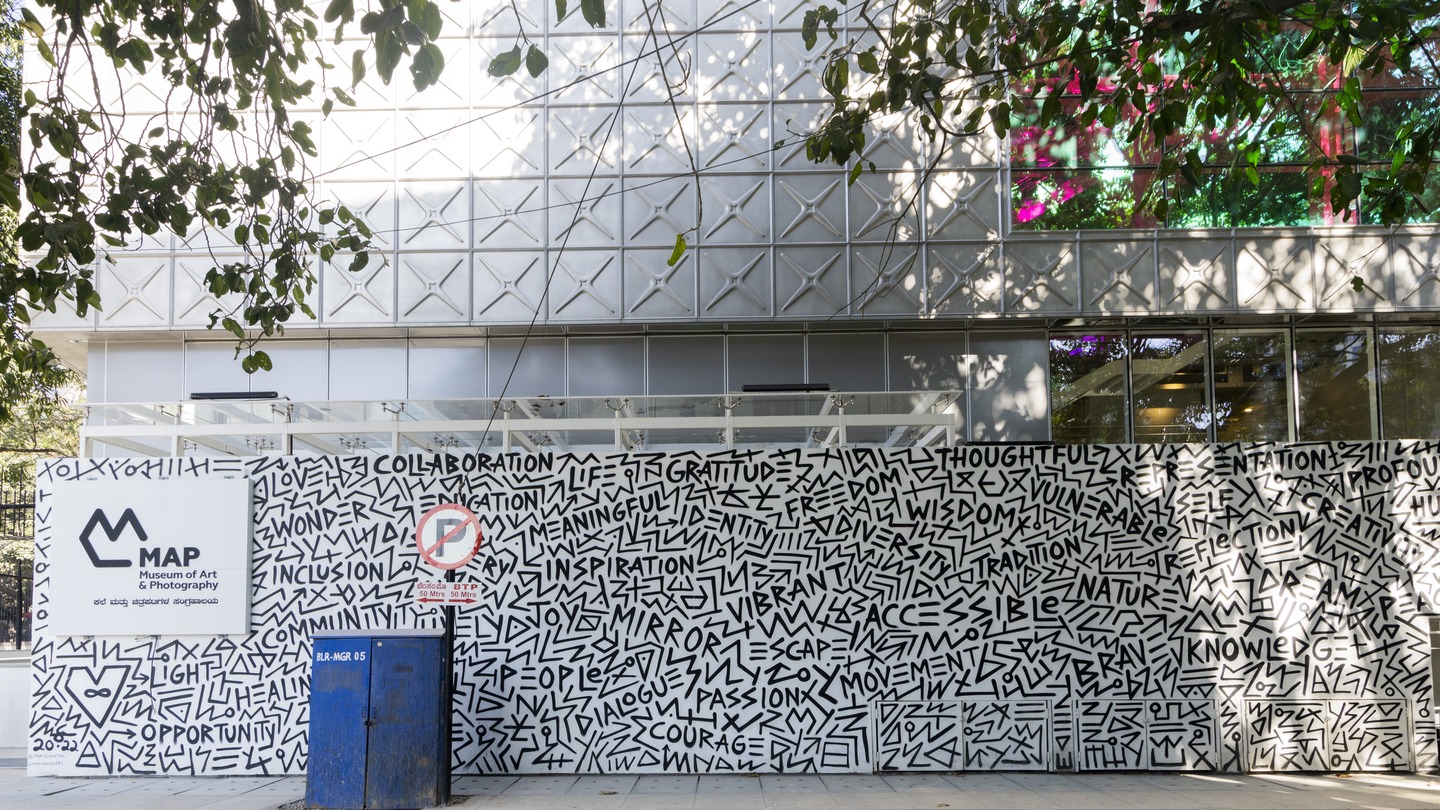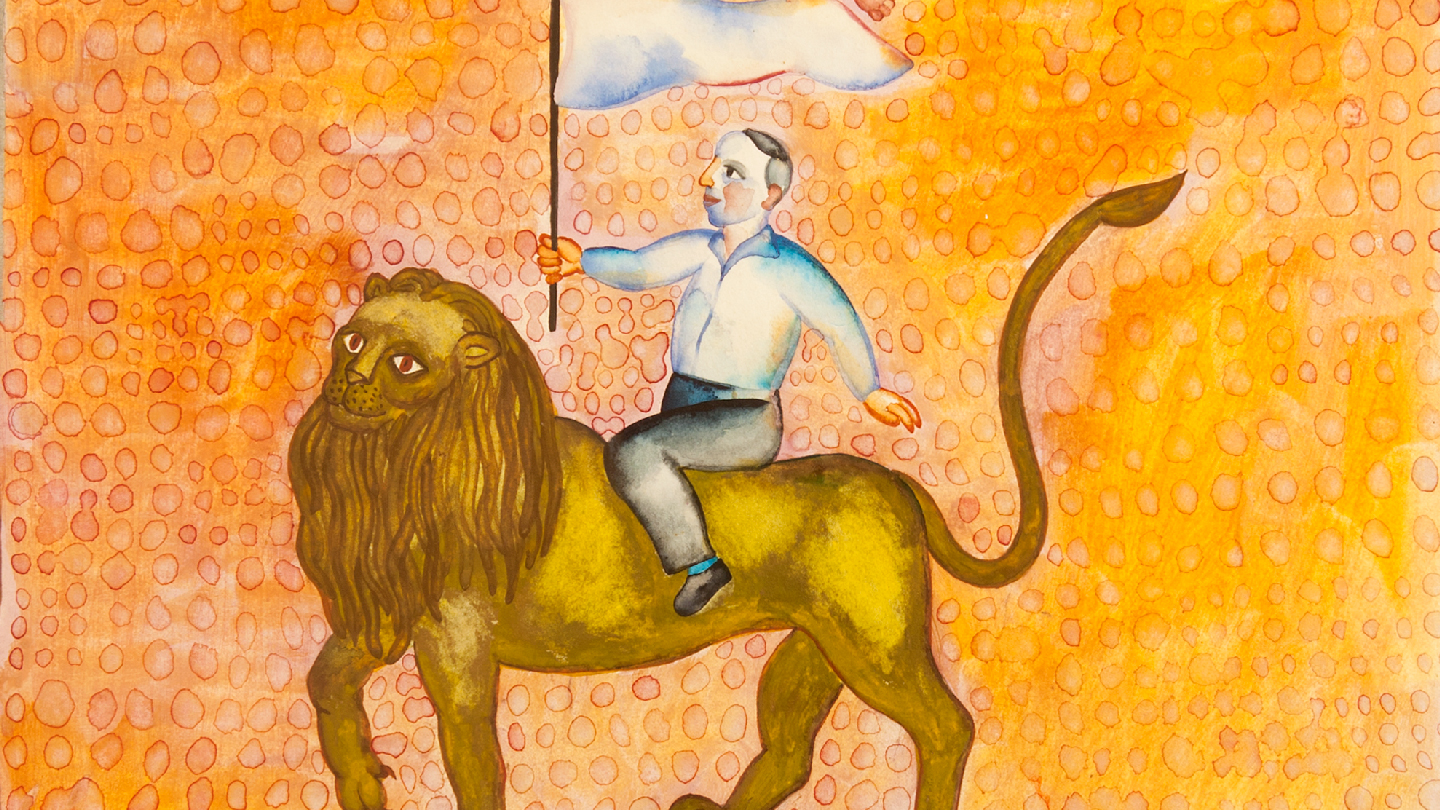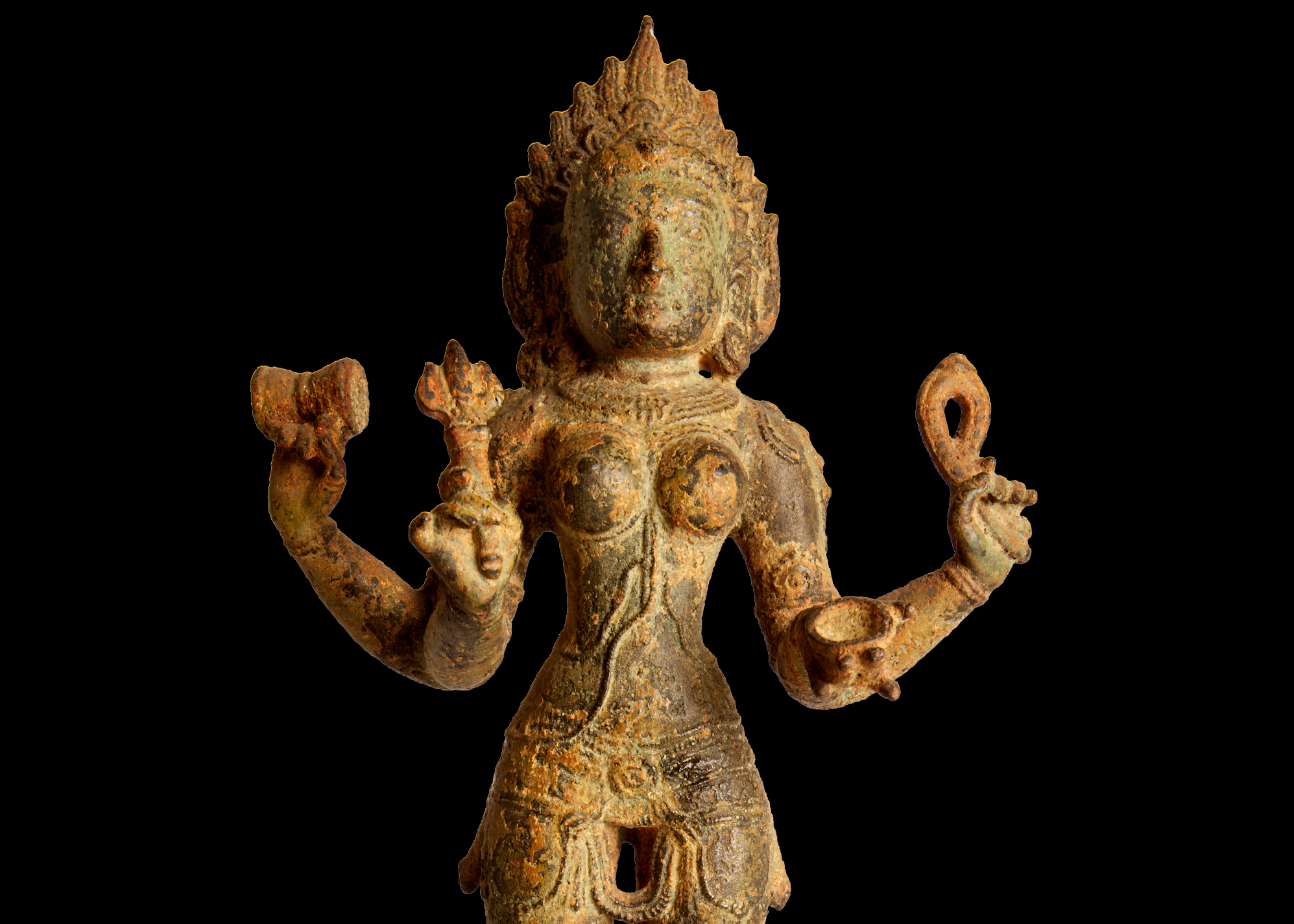Blogs
Making of a Museum: Accessing Art Through Technology
Khushi Bansal
I still remember very vividly that on my first day at the office I was introduced to the speaking figure of MF Husain. Curious how? It was a hologram of the artist standing with a paintbrush in his hand. The experience was rather surreal, making me realise the development in technology over the last decade (with the pandemic accelerating the process) and the central feature it plays in all our lives. Technology creates exposure as it enables us to interact with vastly different people and cultures. The pandemic specifically, also inspired the technology team at the Museum of Art & Photography (MAP) to undertake several ambitious projects, the largest being the digitisation of the collection, making it one of the first museums in India to do so.
Mayank Manish, the Chief Technology Officer (CTO) leads the technology department at the museum with his team from Opezee (which he founded). Mayank comes with a background in Information Technology (IT), and after having worked extensively across the globe, he was eventually bitten by the entrepreneurial bug, resulting in him moving back to India to start his own company. At MAP, the technology team is responsible for creating a robust IT infrastructure in terms of display systems, having an online presence, digital interactives and building a Cumulus, MAP’s own in-house museum management system.
Mayank and I extensively spoke about the correlation between technology and museums. As a creative, it was fascinating to hear a different perspective as today we see a composite presentation of art where technology is used to provide a more immersive and holistic experience. To this, Mayank said, “as far as the museum used to be concerned, technology was the last thing one would consider before the pandemic. Suddenly, we were forced to present digitally. Over time, as things began to reopen and our focus shifted towards the physical space, so did our perspective. Technology is no longer something museums stay away from, rather they embrace it.”
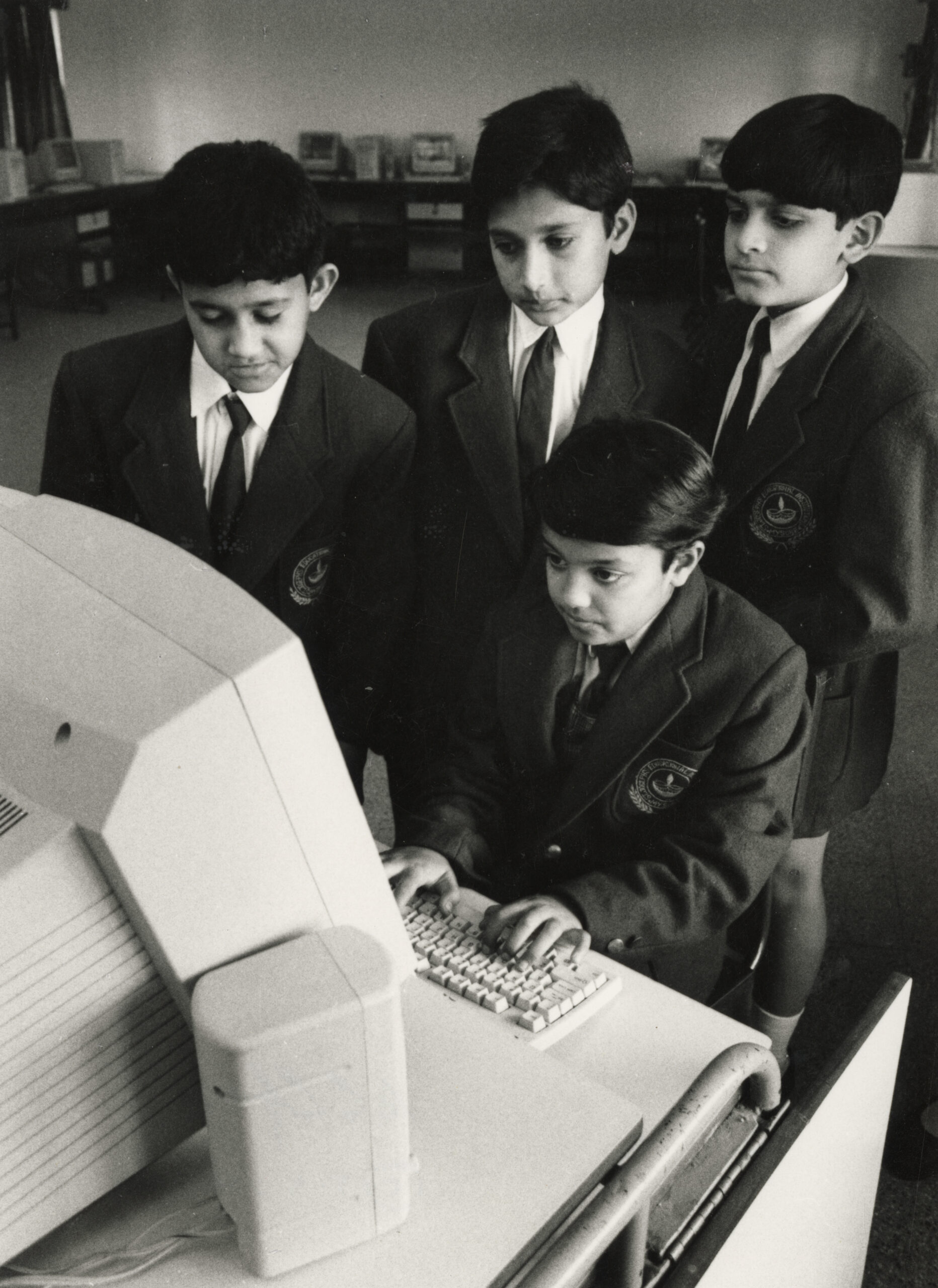
Computer Class, St. Joseph’s High School, Mysore by T. S. Satyan, 2001, Mysore, Karnataka, India, Silver gelatin print, Image: H. 22.9 cm, W. 16.6 cm, PHY.10068
He continued to add, “when it comes to things like operations, the IT infrastructure, the software, the tools that we utilise are not very different when compared to a mobile app or website. We utilise process flows, which are very specific to museums, which is perhaps the only difference. For instance, a platform for the museum will only be a collection management system, it won’t be a general inventory management software, because you’re not technically selling a product. However, the building blocks are very similar. The difference lies in the experience. Our role is to take a painting or sculpture and make it interesting to a viewer since we are setting this museum up in India which is a bigger challenge, because people are not naturally drawn towards museums. Keeping that in mind, we are creating art experiences through technology which is beautiful.”
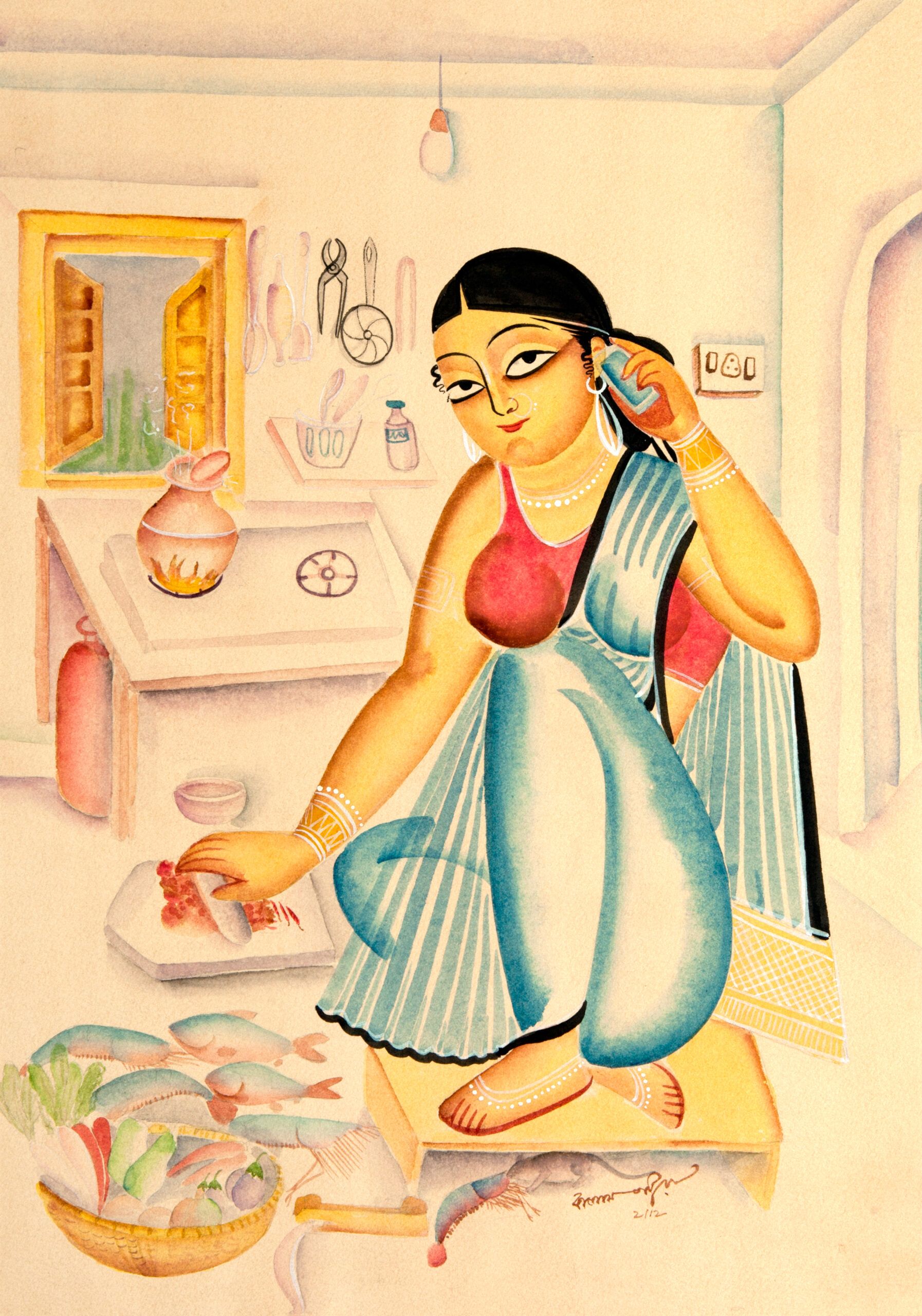
A Woman in the Kitchen by Kalam Patua, 2012, West Bengal, India, Watercolour on paper, Image: H. 51.1 cm, W. 37.7 cm, PTG.00217
I firmly believe that art is wherever we go, and we often find it in the most unlikely places. To this Mayank said, “I recently had this conversation with a third person who was an engineer. We realised that even technology and software building is by itself an art. It is driven by creativity and at the end of the day, you have to be able to make changes and improvise on the spot. And I think it’s a journey that is rather fascinating.”
Being in the collections team myself, we have been working extensively with the tech team in building Cumulus. Speaking of which Mayank said, ”building it has been a really interesting project and the initial brief was a simple one. It was about the feasibility of having the collection be viewed online through a secure site internally for the team at MAP. We built it and eventually brought in different functionalities like editing options and uploading entries. It technically wasn’t meant to be a collection management system and perhaps that’s why it’s taken us a while to get there. Although none of us was an expert in building a collection management system, we have slowly created a homegrown technology. In India, I think this will be one of the first structured collection management systems professionally made with inputs from the museum team. In the end, it is a system filled with potential that will continue to grow and develop as we move forward.”

Untitled by Abhimanue Govindan, 2002, India, Watercolour and pen on paper pasted on board, Image: H. 40.6 cm, W. 31 cm, MAC.00010
At this point, our conversation slowly transitioned to the new role of museums in a digital age and the positive impacts they may have. To this Mayank said, “the pandemic did a lot of things to human beings and made people realise that there’s much more to life than work and sleep. They realised that there was plenty to explore and that spaces like museums could be very soothing to the mind. In addition to this, people have had the chance to explore art and heritage like never before. Virtual tours started coming of exhibitions and there was a digital revolution in museums, which I think is still unfolding, I think this is just the beginning. Digital museums allow people to access so much of art, culture and heritage, like we’ve never imagined before, and in forms and factors that we’ve probably never imagined.”
The technology department are the unsung heroes at MAP, acting as the enabler of creation. Not only do they help in creating a more accessible space, where people across the globe can access art from a museum based in Bengaluru but also, bring to life curations and collections.
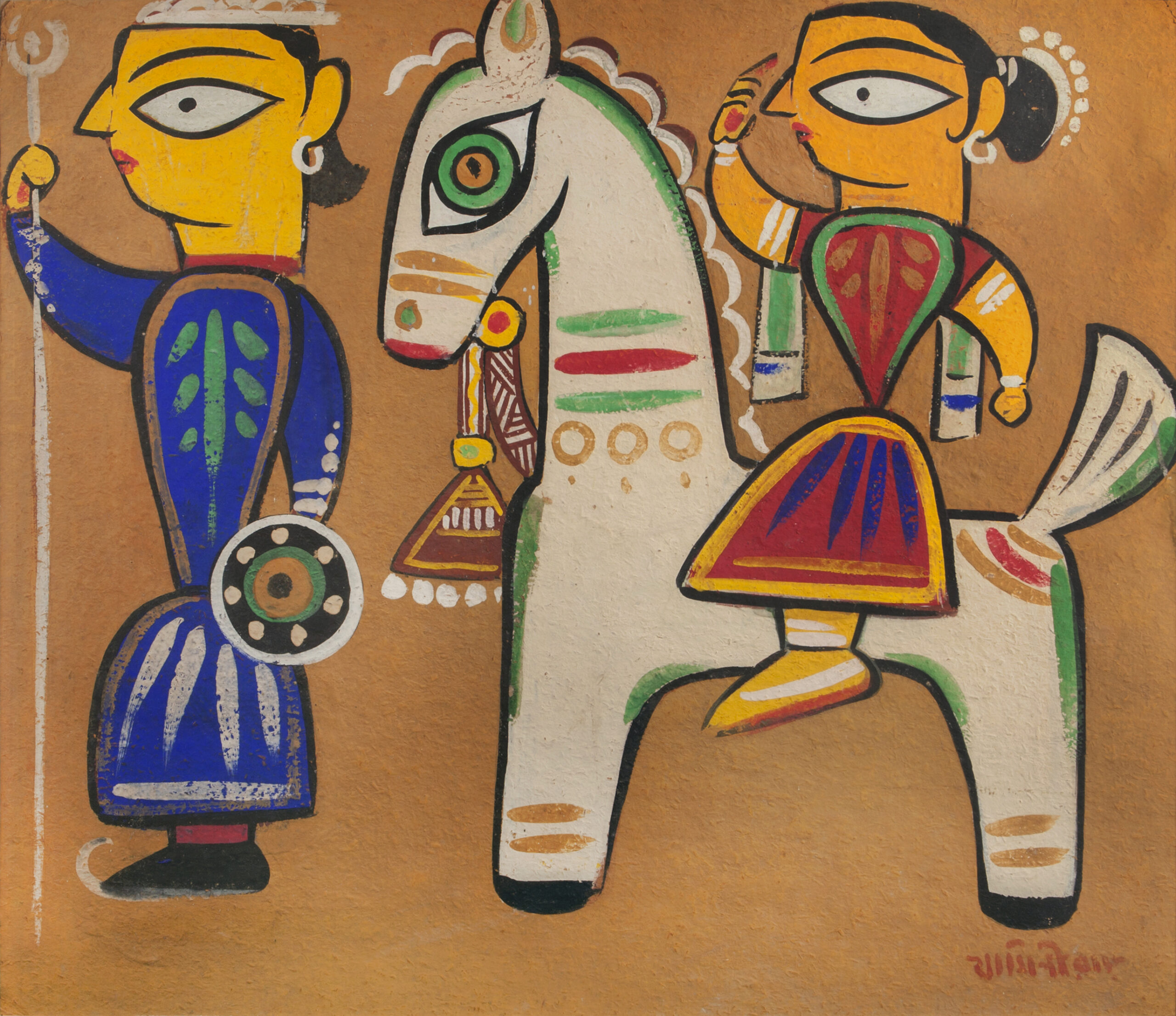
Woman on a Horse with a Guard by Jamini Roy, c. 1930, India, Tempera on board, Image: H. 22.9 cm, W. 16.6 cm, MAC.01115
Speaking of art and creation, I could not help but ask about his relationship with art and of course his favourite artwork(s) in our collection. To this, Mayank said, “the second part of the question is easier to answer so I will start with that. I wasn’t much of an art person before MAP. Having seen the collection, I have fallen in love with so many works and artists, but one of my favourite artists is Jamini Roy because of his vibrant use of colours. It is so lively and really very nice!” Continuing to say, “to answer the first part of your question, until a few years ago I would have never considered bringing art and technology together except in a rather gimmicky way. However, now I feel like the boundaries have blurred and technology is in fact a medium through which we can bring art out to people and educate them. Overall, I think it is a powerful platform.”
This article is part of our original series, Making of a Museum. Know more about the role of the Collections team at the Museum of Art & Photography in our article, ‘The Collections Team, the Gatekeepers of Art.’
A recent graduate from Central Saint Martins, London, Khushi Bansal is an aspiring curator with a keen interest in baking a perfect loaf of bread. She is an Archivist in MAP’s Collection team.
